Iowa Garden Ideas: Creative Tips for a Blossoming Backyard
Creating a beautiful garden in Iowa can be a rewarding and enjoyable endeavor. With the right knowledge and a little effort, you can transform your outdoor space into a vibrant oasis that thrives in the state’s climate. Iowa’s varied weather and soil conditions offer a unique opportunity to grow a diverse range of plants, from hardy perennials to easy-care vegetables.
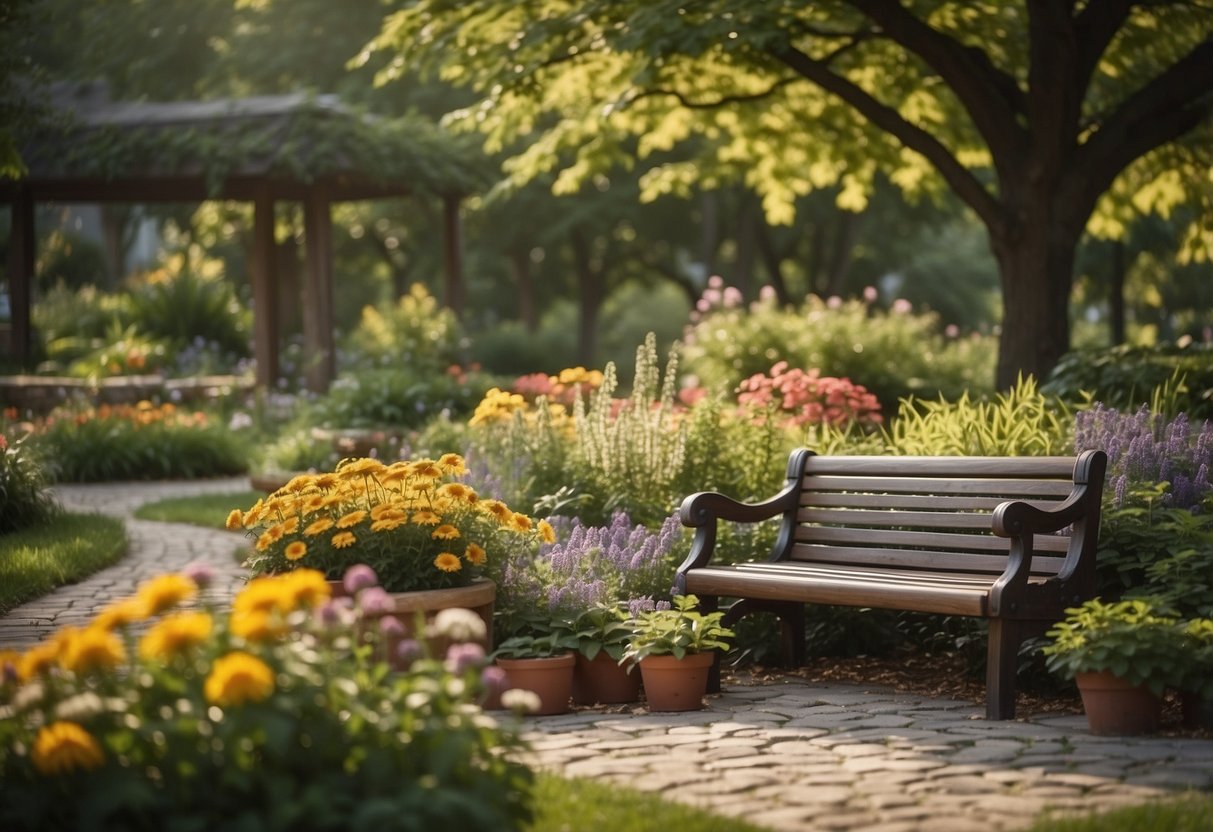
Focusing on plants that are well-suited to Iowa’s climate is key to having a successful garden. Understanding which plants flourish in Iowa’s USDA Hardiness Zones will help you make the best choices for your garden. This guide will introduce you to some great plant options and inspire you to start planting your own Iowa paradise.
1) Raised Vegetable Beds
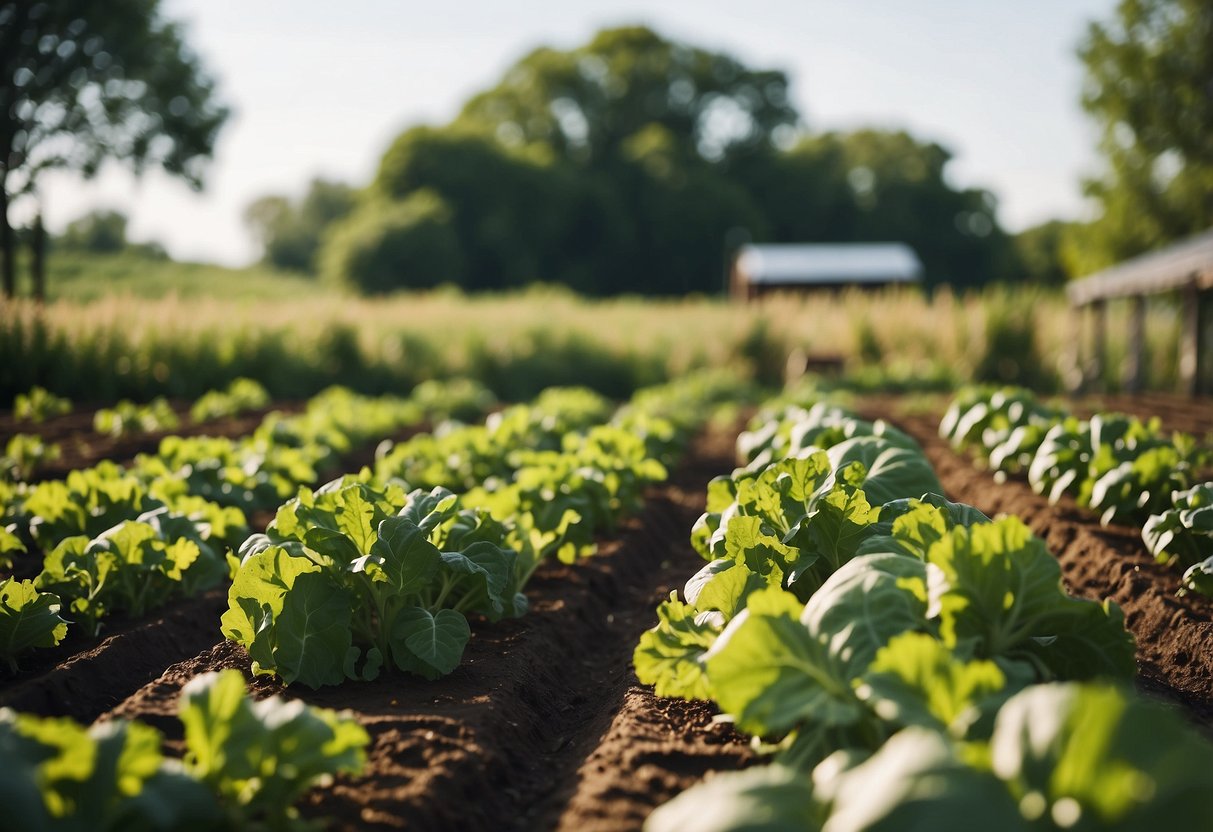
Raised vegetable beds are a great way to start gardening in Iowa.
They help improve soil drainage, making sure your plants get the right amount of water. You can also easily control the soil quality and composition.
With raised beds, it’s easier to reach your plants, reducing the need for bending over continuously. Raised beds are also a cozy option for urban gardening, fitting nicely in small spaces.
Some of the best veggies to grow in raised beds include tomatoes, carrots, and lettuce. They thrive well and are easy to manage in these settings. For more ideas on what to plant, check out this guide.
2) Butterfly-attracting Flowers
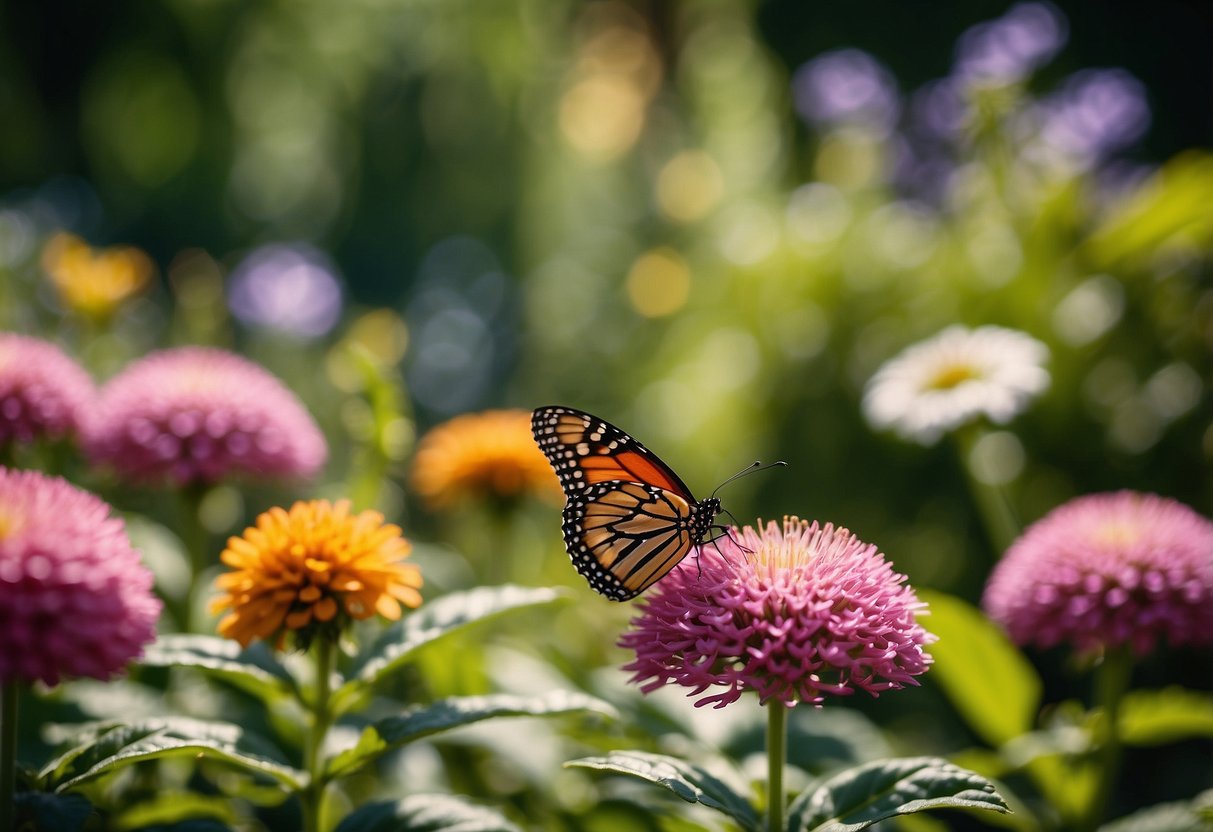
Adding butterfly-attracting flowers to your Iowa garden can make it more lively and colorful. Some great choices include butterfly bush, purple coneflower, and milkweed. These plants provide nectar that butterflies love.
You should also consider planting perennials such as black-eyed Susans and asters. They bloom throughout the growing season, giving butterflies plenty of food.
To create a welcoming garden for butterflies, remember to plant a mix of flowers that bloom at different times. This way, you’ll have a garden full of butterflies all season long.
3) Herb Spiral Garden

An herb spiral garden is a great way to grow a variety of herbs in a small space. It’s a raised bed shaped like a spiral, taller in the center and lower at the edges.
You can build your herb spiral using materials like stone or wood. This garden design allows different herbs to thrive in diverse conditions, from full sunlight to partial shade.
Using repurposed materials like old bricks or stones can add a rustic touch to your garden. Herb spirals are both functional and attractive, making them popular in permaculture design.
Creating your own herb spiral garden can be a fun and rewarding project.
4) Fairy Garden Decor
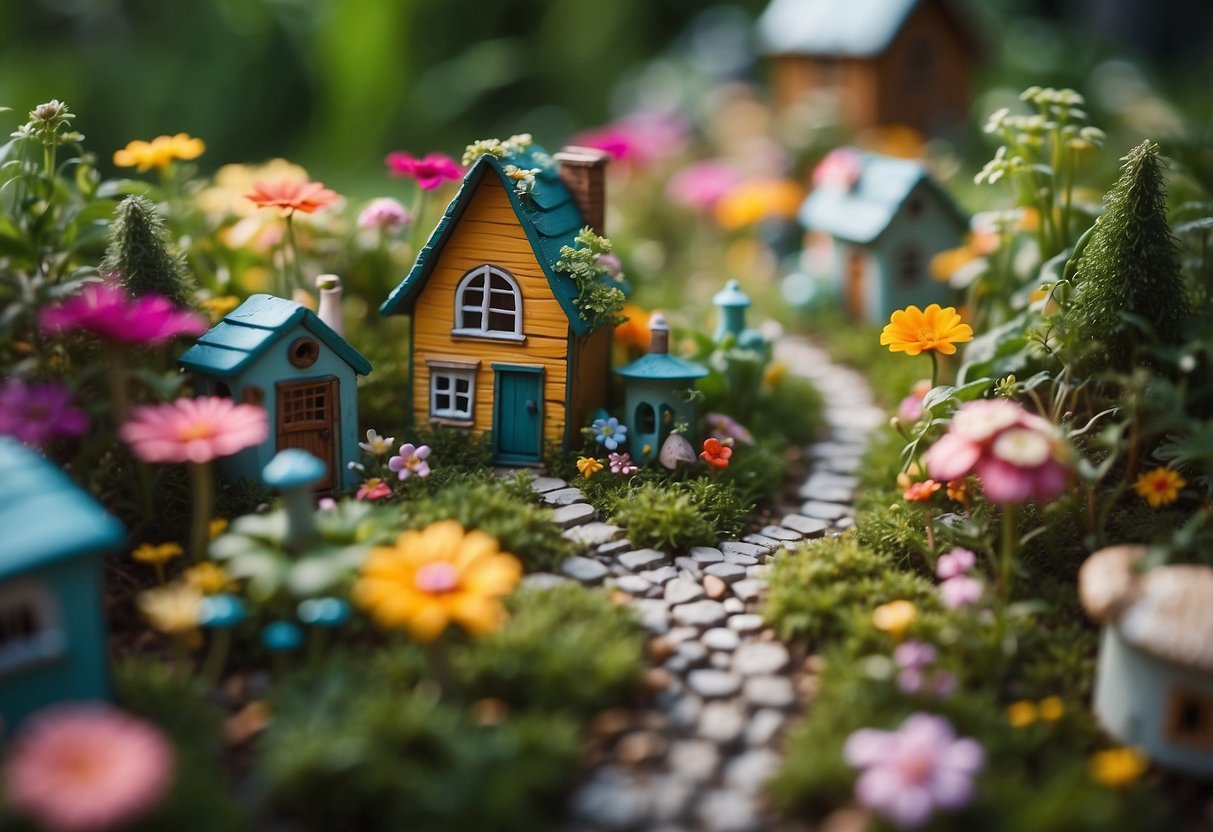
To create a magical fairy garden, start with the right plants. Use ferns, moss, and creeping thyme for soft, dewy ground cover. These plants thrive in shady corners and add a lush, green look.
Add charm with miniature accessories. Tiny fairy houses, bridges, and benches can make your garden enchanting. Consider setting up small tea party spaces with tiny tables and chairs.
Think about including some blooming plants. Vining plants like morning glory or sweet peas can fill trellises beautifully. Flower pots can also host small fairy gardens, perfect for porches or decks.
5) Vertical Vegetable Planter
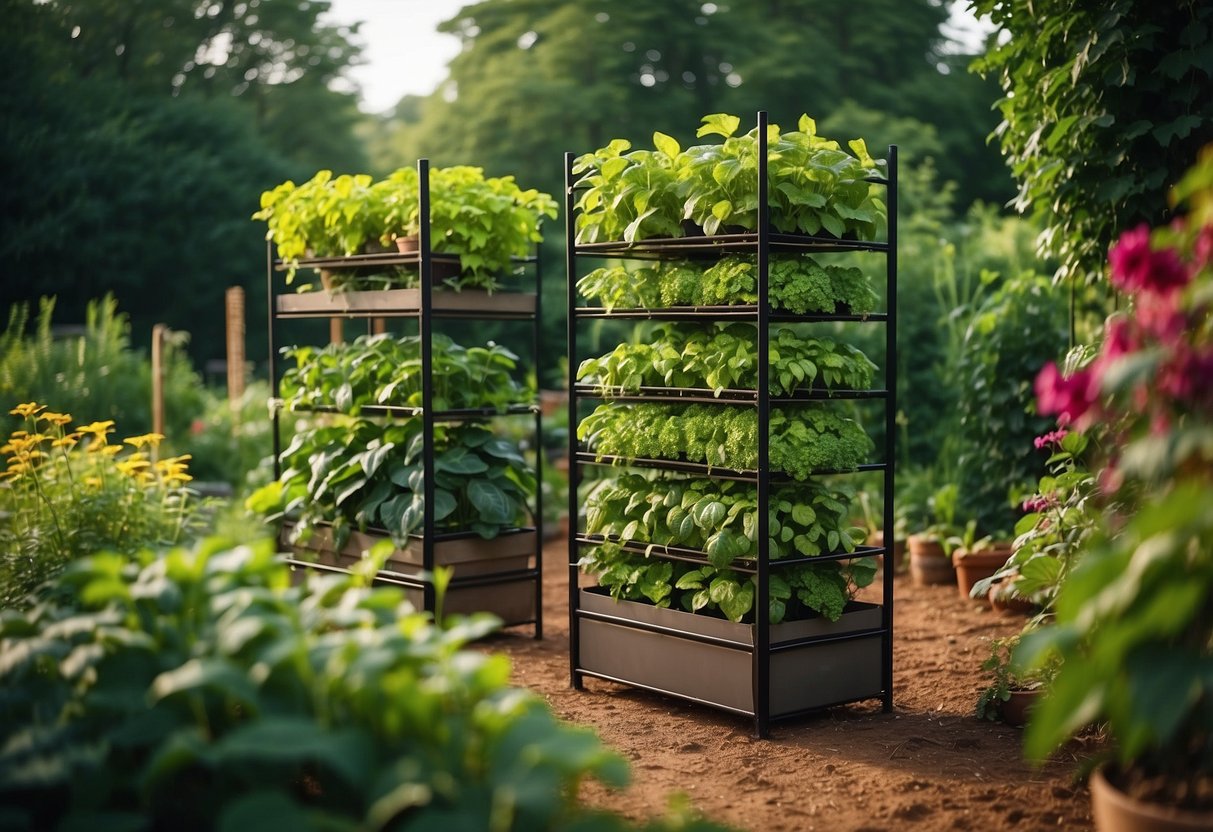
Creating a vertical vegetable planter is a great way to grow more in limited space. By stacking planters or using a vertical frame, you can grow a variety of vegetables even in small areas.
You can use materials such as wooden pallets or PVC pipes to construct your planter. This setup allows plants to grow upwards, making it easier to manage and harvest. Vertical gardening helps you utilize space efficiently while adding a unique look to your garden.
Consider planting tomatoes, cucumbers, or peppers, which thrive in vertical planters. This method not only maximizes your space but also makes your garden look neat and organized.
For more detailed ideas, check out these vertical vegetable garden ideas and get inspired to start your own.
6) Succulent Rock Garden
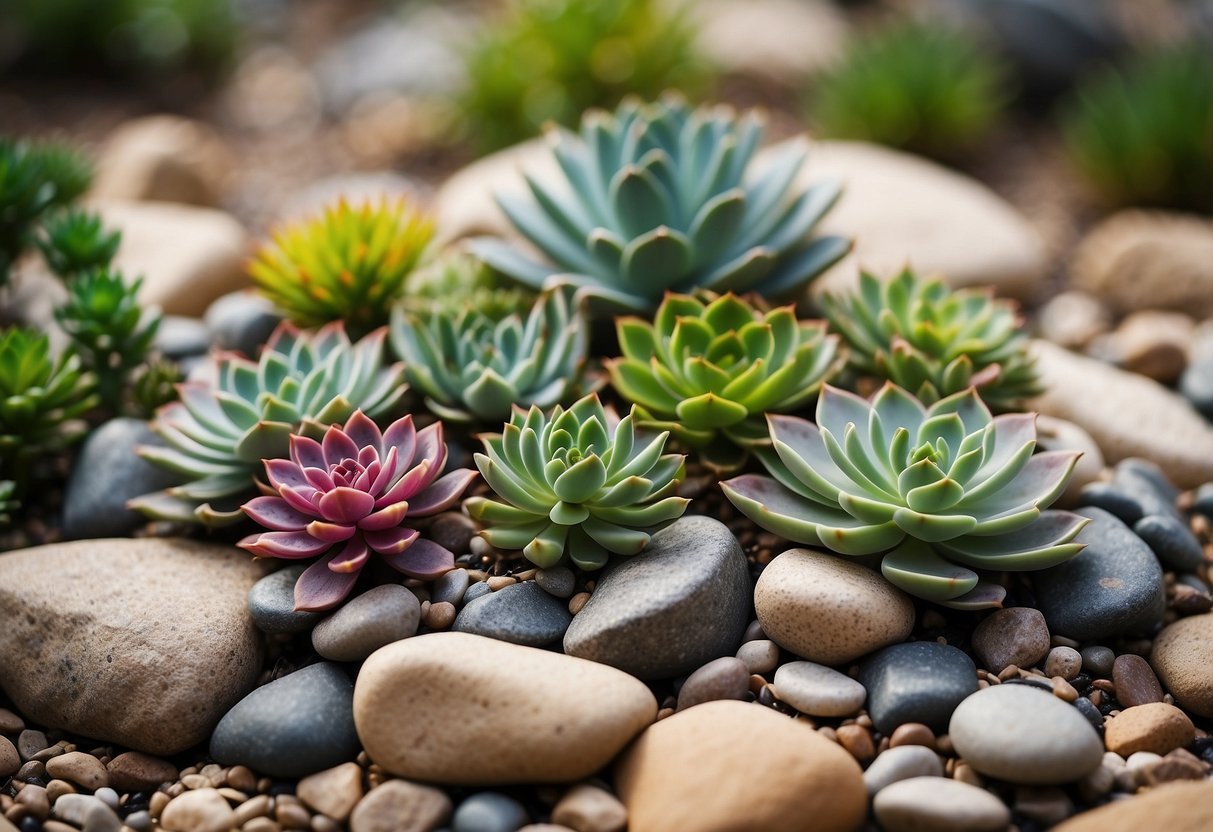
Imagine transforming a corner of your Iowa garden into a stunning succulent rock garden. These gardens are low-maintenance and very eye-catching.
You can start by using native rocks to create a natural look and feel. Succulents like Echeveria pulidonis or Bear’s Paw are great choices. They add vibrant colors and interesting textures.
Succulents are hardy plants that can handle Iowa’s weather changes. They don’t need much water and thrive in different soils. With neat rock formations and lush plants, your garden will be a wonderful place to relax.
7) Garden Gnome Paths

Create magical garden paths by placing gnomes along the way. Use materials like pebbles, mulch, or wood chips to mark the path.
Add tiny gnome statues at intervals to guide visitors. You can also incorporate small lanterns or fairy lights to illuminate the path at night, adding an enchanting touch.
Place the gnomes in playful poses to make the journey more fun. You can arrange some peeking from behind plants or sitting on tiny benches.
This can turn a simple garden path into a whimsical adventure, making your garden feel like a magical place to explore.
8) Compost Bin Corner
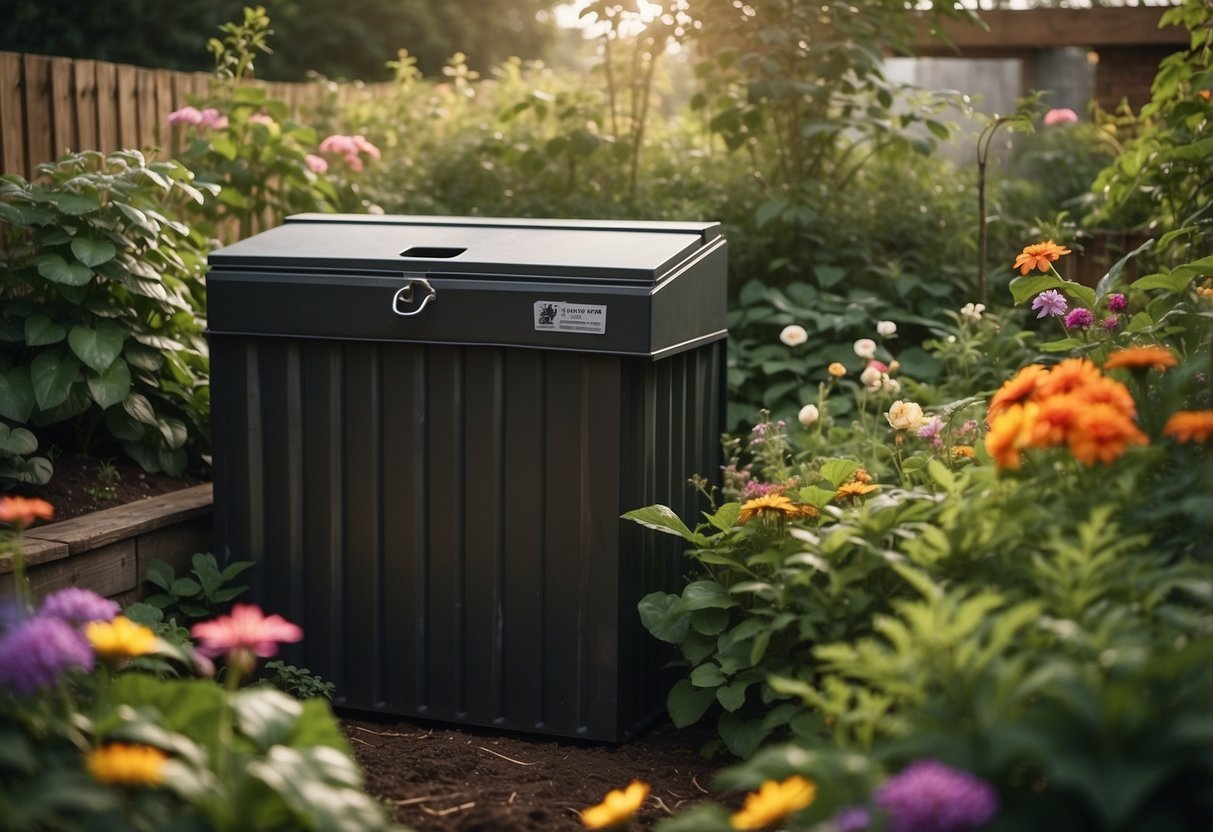
Creating a compost bin in your garden is a great way to recycle organic waste and create nutrient-rich soil. You can build a compost pile in one day, using materials like dried leaves, grass clippings, and kitchen scraps.
It’s important to get a good mix of “browns” and “greens” in your compost. Browns are things like dried leaves and straw, while greens include grass clippings and vegetable peels.
Make sure to keep out weeds, dairy products, and meat to keep your compost healthy and effective. This helps your plants grow better and keeps your garden eco-friendly.
9) DIY Birdbath
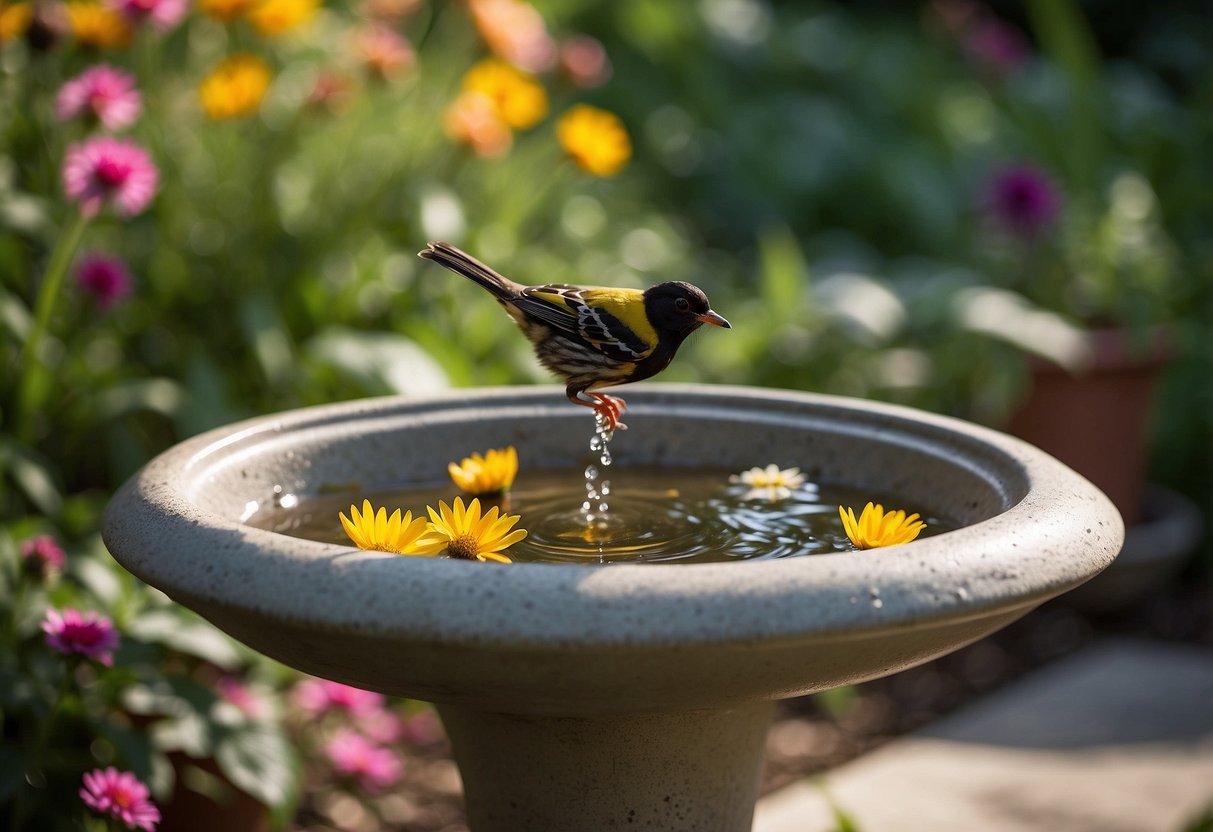
Creating a DIY birdbath can be a fun and simple project that adds charm to your garden.
You can use materials like old candlesticks, plates, or even terra cotta pots. These items can often be found around your home or at thrift stores.
One idea is to use a pretty plate and some Gorilla Glue to attach it to a candlestick. This creates a stable and attractive birdbath that will invite birds to your garden. For more inspiration, check out these 40 homemade DIY bird bath ideas.
10) Perennial Borders
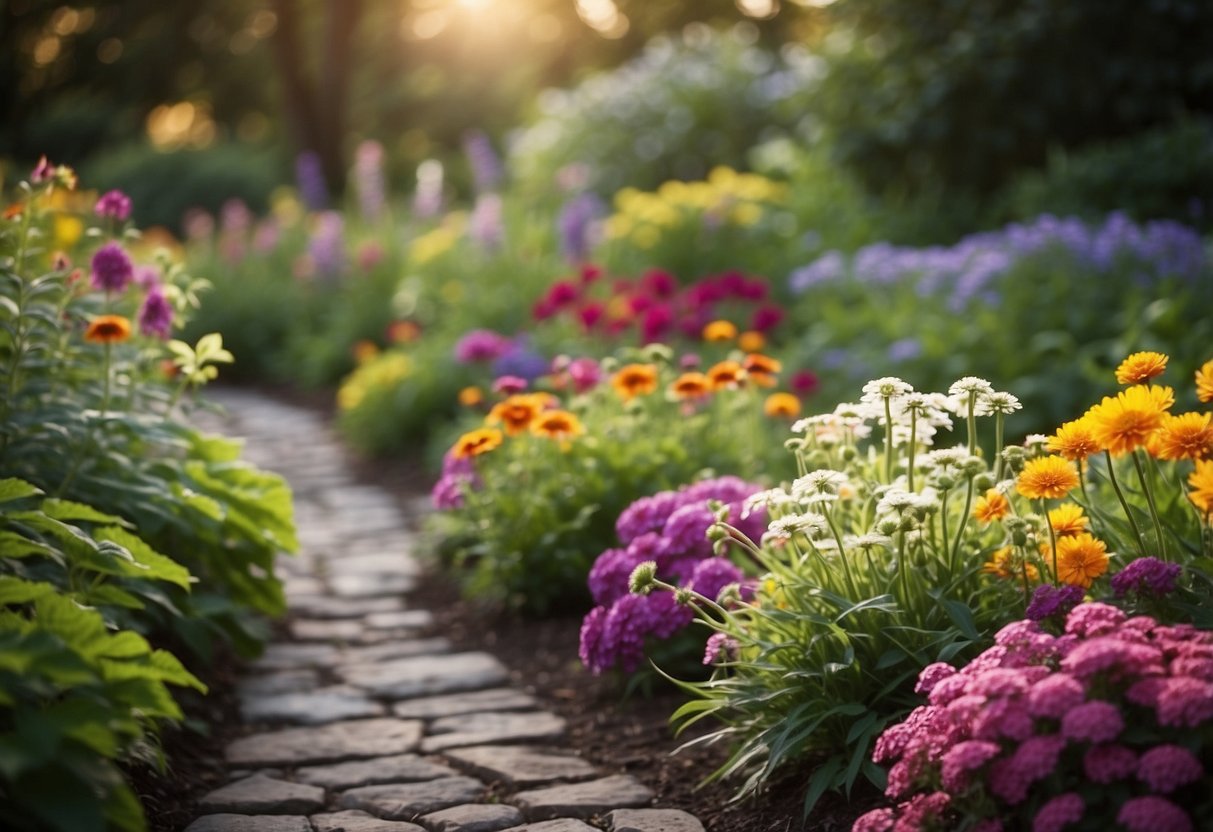
Creating perennial borders in your Iowa garden adds color and texture year after year. You can start by choosing plants that thrive in Iowa’s climate. For instance, you might consider adding lily-of-the-valley.
Use plants like coral bells to add variety with their ruffled leaves and colorful flowers. These plants can handle a range of soil conditions.
Don’t forget to visualize your garden’s layout first. Marking the dimensions helps you plan where each plant will go, ensuring your border looks full and vibrant.
Climate Considerations for Iowa Gardens
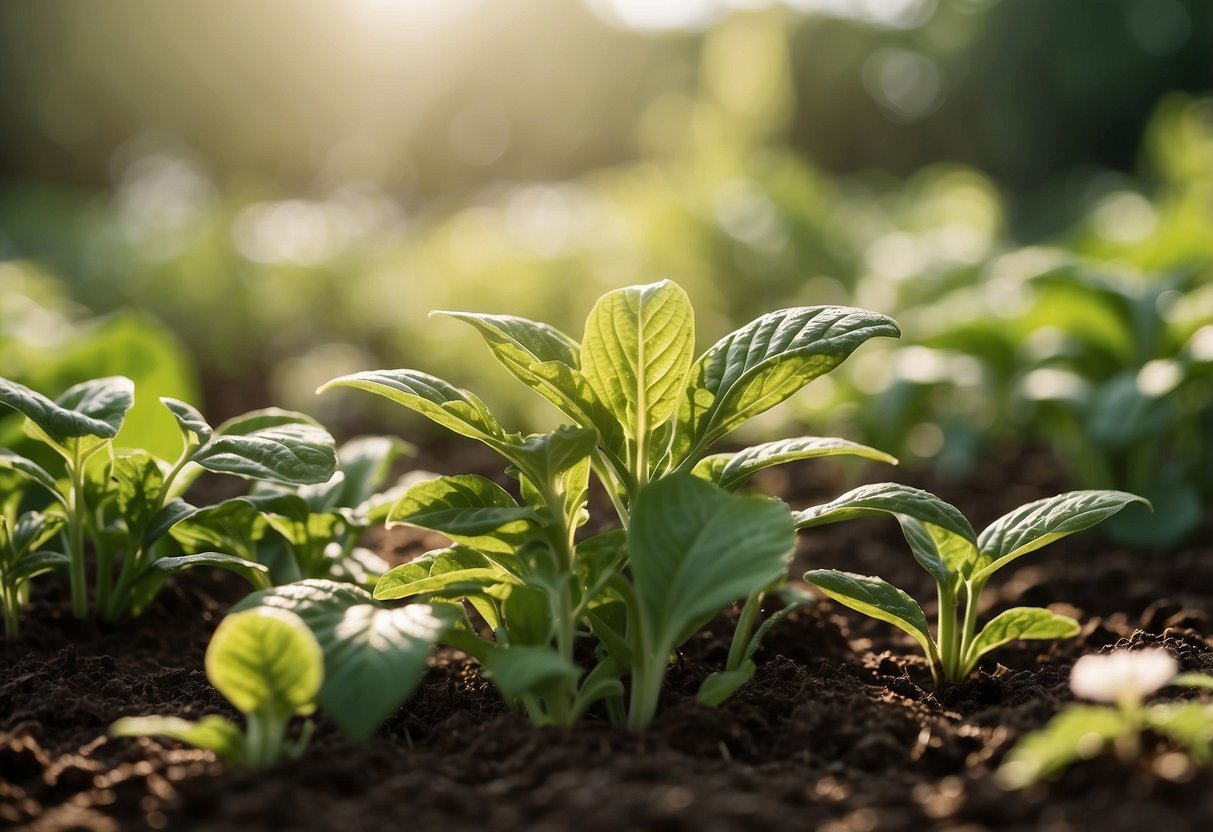
Gardening in Iowa requires understanding how the local climate impacts plant selection and growing schedules. It’s crucial to know about the weather patterns and frost dates to ensure your garden thrives.
Understanding Iowa’s Weather Patterns
Iowa has a climate marked by cold winters and hot summers. The state falls within USDA Hardiness Zones 4a to 6a. Winters can be harsh, with temperatures dropping well below freezing. Summers, on the other hand, can get quite warm, sometimes exceeding 90°F.
Precipitation varies throughout the year. Spring can be quite wet, which is great for early planting. Summer often brings thunderstorms, adding to the moisture levels. Fall is usually mild and dry, providing an extended growing season for some plants.
Choosing plants suited to these conditions is essential. Hardy perennials like Coneflowers and Black-Eyed Susans are great choices. They thrive in both cold and warm weather. Annuals, such as marigolds and petunias, also do well when properly timed.
Frost Dates and Planting Schedules
Knowing the frost dates is key to successful gardening. The last frost in spring typically occurs around mid-April to early May. It’s safest to plant most crops after this period. The first fall frost generally happens in early October.
Spring planting should focus on frost-sensitive plants like tomatoes, peppers, and cucumbers. These should not be put into the ground until after the last frost date. For early crops like lettuce and spinach, you can start planting a few weeks before the last frost since they can handle cooler temperatures.
Fall planting involves a different schedule. Cool-season vegetables such as broccoli, carrots, and kale can be sown in late summer for a fall harvest. Remember to keep an eye on the first fall frost date to ensure your crops mature in time.
Creating a planting schedule based on these frost dates helps maximize your garden’s productivity. Using a calendar to mark these dates can be a helpful tool to keep your gardening on track.
Soil and Preparation
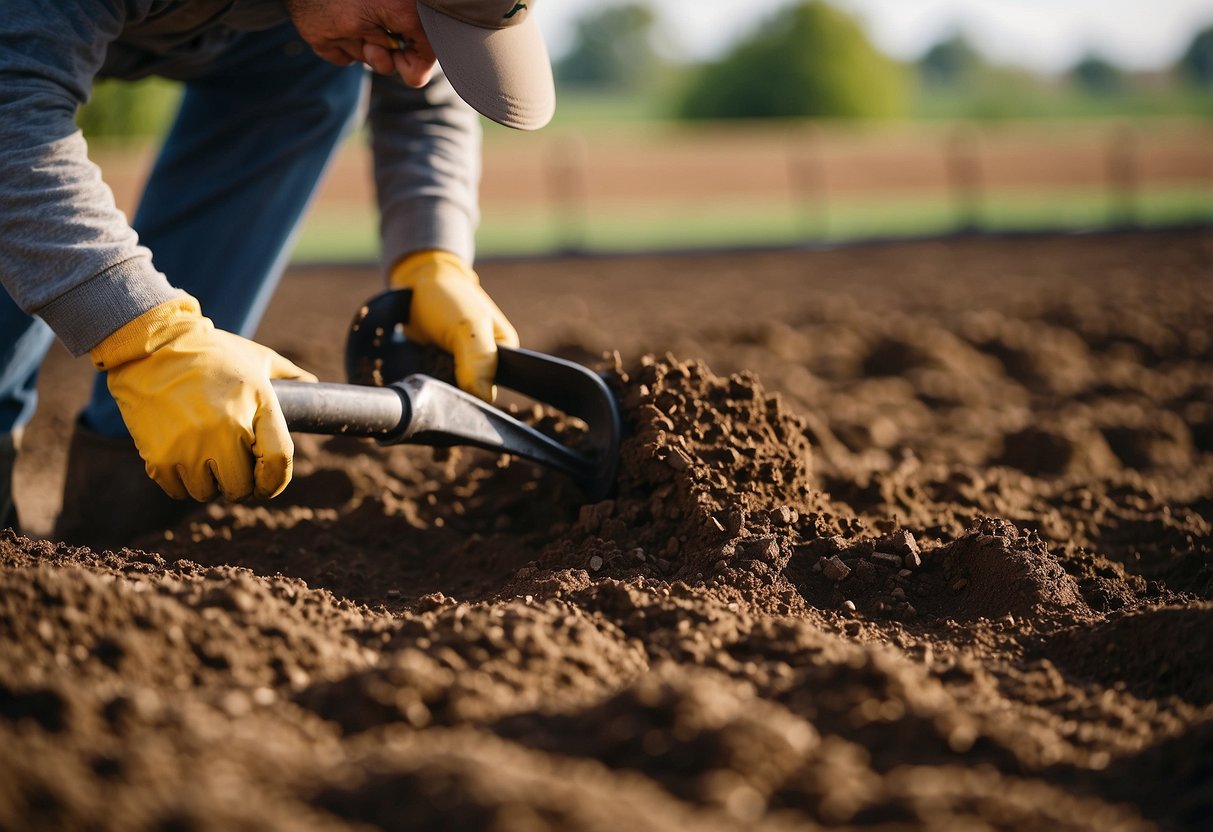
Getting your garden soil ready is key to a successful garden in Iowa. You need to understand your soil’s pH and nutrient needs and decide whether raised beds or in-ground gardens suit your space and plants best.
Testing and Amending Soil
Start with a soil test to find out your soil’s pH and nutrient levels. You can get a soil test kit from a garden center or county extension office. Most garden plants thrive in soil with a pH between 6.0 and 6.8. Once you know your soil’s needs, you can adjust the pH by adding lime to raise it or sulfur to lower it.
Nutrient levels are also important. Adding compost, manure, or other organic matter can improve your soil’s fertility. Aim to incorporate organic matter into your soil each year. This helps improve soil texture and provides essential nutrients for plant growth.
To prevent soil compaction, consider core aeration. This process involves removing small cores of soil to improve water and nutrient absorption. It’s best done in April and September.
Raised Beds vs. In-Ground Gardens
Choosing between raised beds and in-ground gardens depends on your specific needs. Raised beds offer better drainage and can be easier to manage. They warm up faster in the spring, allowing for an earlier start to the growing season. Raised beds are ideal if your native soil is poor or compacted.
In-ground gardens, on the other hand, usually have more space and can accommodate larger plants. They allow plants to develop deeper root systems, which can be beneficial in dry periods. Preparing an in-ground garden involves tilling the soil and adding organic matter to improve soil structure and nutrients.
Both methods have their benefits, so choose the one that fits your gardening style and space.







